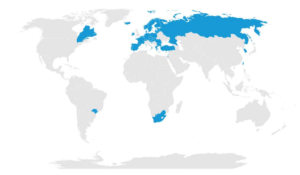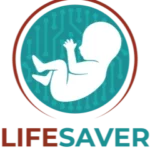M-ERA.NET joint call 2021
The M-ERA.NET joint call in brief:
- Addressing materials research and innovation
- Strengthen energy-related applications via materials R&D
- Six thematic areas:
- Modelling for materials engineering, processing, properties and durability
- Innovative surfaces, coatings and interfaces
- High performance composites
- Functional materials
- New strategies for advanced material-based technologies for health applications
- Materials for additive manufacturing

Microfluidics in the M-ERA.NET joint call
Microfluidic technologies can be applied to different applications in material technologies like liquid crystal study (“High performances composites” topic) and flow or additive manufacturing (“Materials for additive manufacturing” topic). Material research for microfluidics is a relevant topic since different physical parameters materials often need to be adapted for applications in biology or chemistry. This is especially relevant for the “Innovative surfaces, coatings and interfaces” topic.
Microfluidic applications for material science will mainly be covered in the “New strategies for advanced material-based technologies for health applications” topic. Invite us to your consortium!
M-ERA.NET project submission rules
A consortium has to be composed of at least 3 partners from at least 2 different countries with an advised maximum of about 5 partners even though there is no defined upper limit. The call opened on the 15th of March, the 22 pages pre-proposals have to be submitted before the 15th of June and finally the 40 pages (CVs included) full proposal will have to be submitted before the 17th of November for a start of the funded projects in Spring 2022.
You can find the eligible countries for the M-ERA NET call on the following map:

Horizontal objectives of the M-ERA.NET joint call 2021
- Support the European Green Deal by increasing attention to clean energy technologies and future batteries:
M-ERA.NET aims to strengthen the contribution of materials R&D for clean energy-related applications and battery technologies, addressing aspects like eco-design, product durability, and process efficiency with reduced energy and materials consumption.
- Support the achievement of Sustainable Development Goals:
M-ERA.NET will contribute to a wider public debate on the impact of materials research and its potential to achieve the Sustainable Development Goals.
- Socio-ecological benefits in the context of RRI:
M-ERA.NET calls will address EU areas of socio-ecological relevance, illustrating the leveraging effects materials research and innovation have on areas that reflect meaningful societal needs. M-ERA.NET will develop responsible research and innovation processes to systematically address the socio-ecological, ethical, and political dimensions of material research, development, and use.
- Support the Innovation Chain: By making the best use of the interdisciplinary network, the calls in M-ERA.NET will facilitate the generation of knowledge along the innovation chain, from excellent science and research to innovative industrial applications.
- Strengthen interdisciplinarity: M-ERA.NET is the platform for an integrative approach across disciplines and application fields, making the initiative an attractive and efficient tool for transnational joint projects that were unlikely to be realized before.
How can the MIC help you develop your M-ERA.NET project?
The MIC can bring its expertise in microfluidic flow control and instrumentation to accompany you and new microfluidic innovations to improve your material research project! We have already participated in more than 30 European projects to help our partners develop the systems suited to their projects.
More specifically, we can:
- Develop user-friendly and automatized microfluidic systems for additive manufacturing platforms
- Investigate materials with precise perfusion systems with transparent microfluidic chips
- Design the flow control solution suited for your project
- Study liquid crystals in microfluidics for optofluidics applications, for example
The MIC already brought its microfluidics expertise into many research projects:
H2020-NMBP-TR-IND-2020

Microfluidic platform to study the interaction of cancer cells with lymphatic tissue
H2020-LC-GD-2020-3

Toxicology assessment of pharmaceutical products on a placenta-on-chip model
